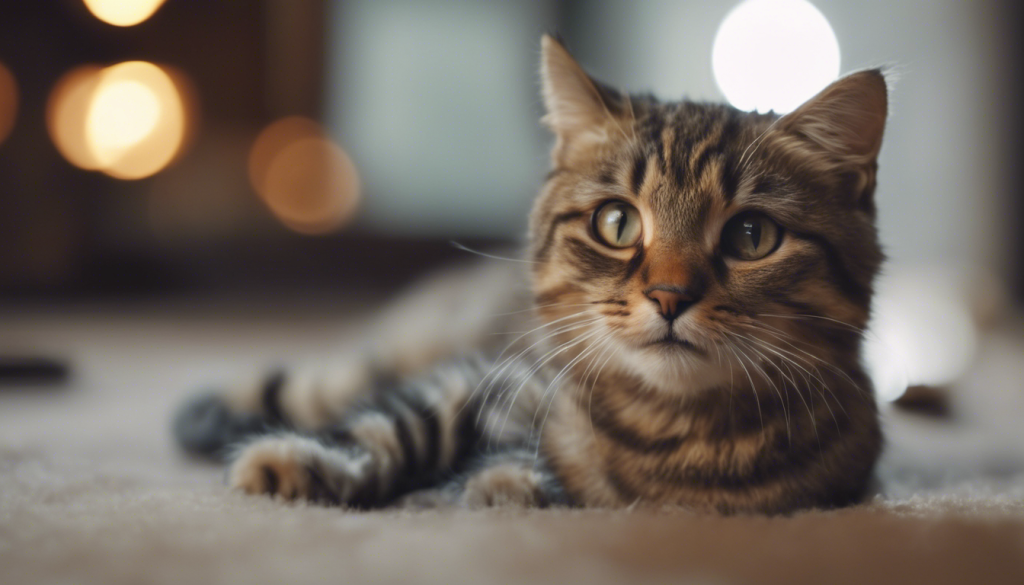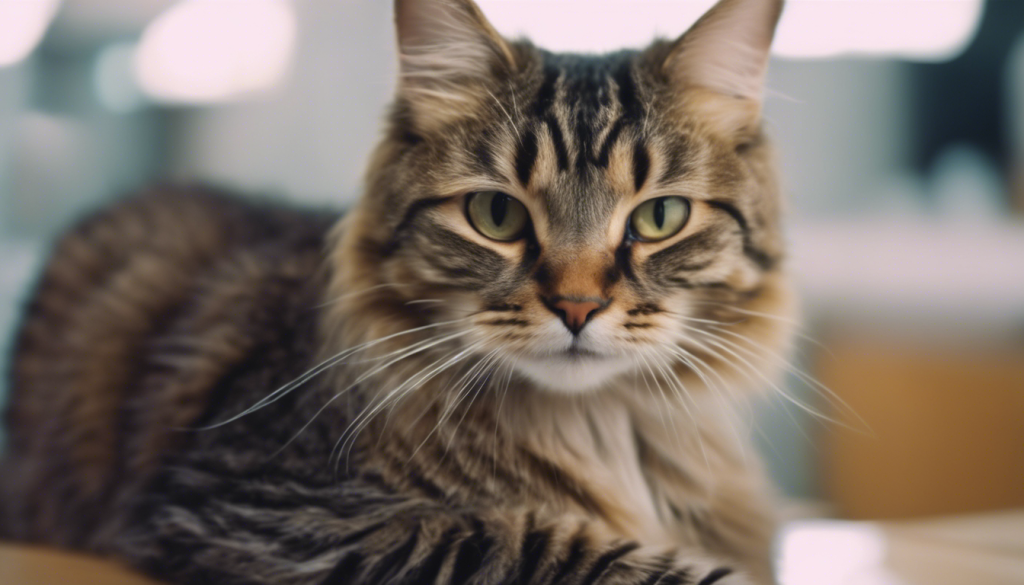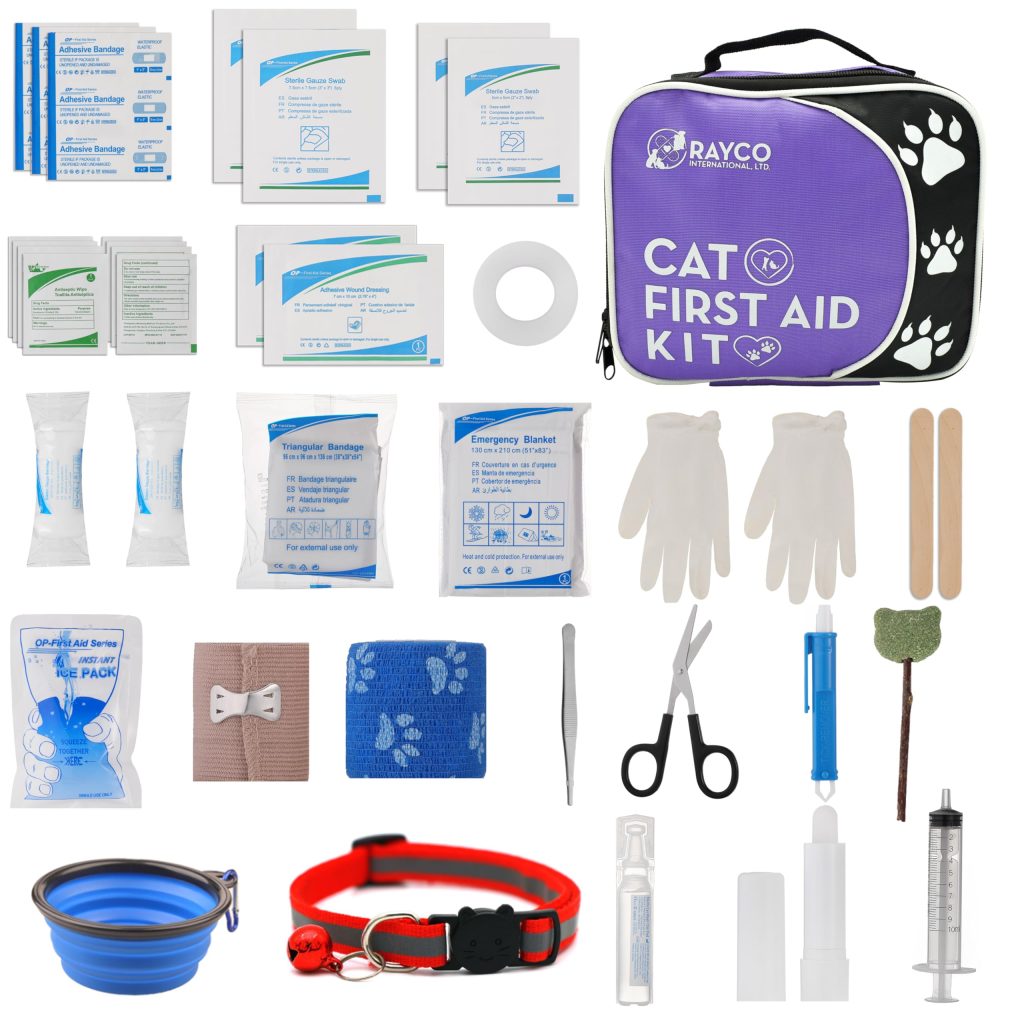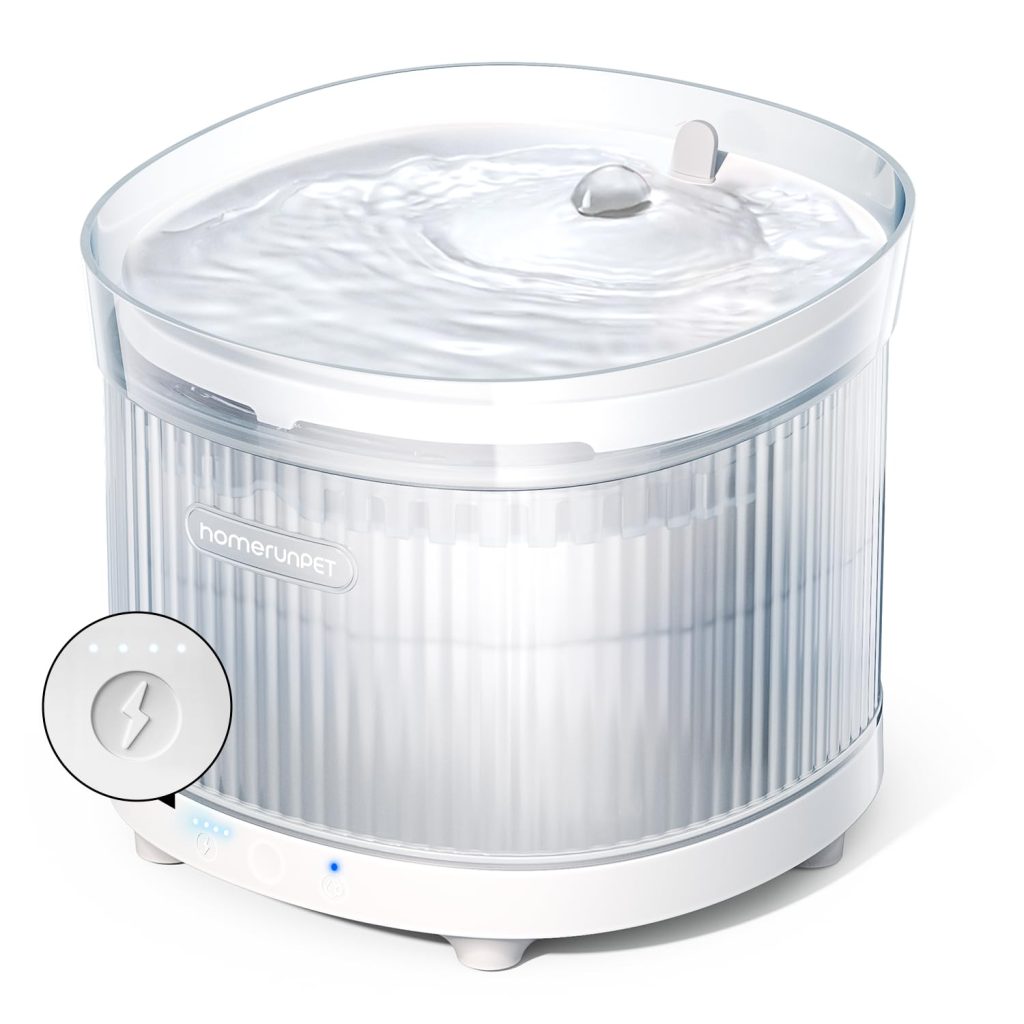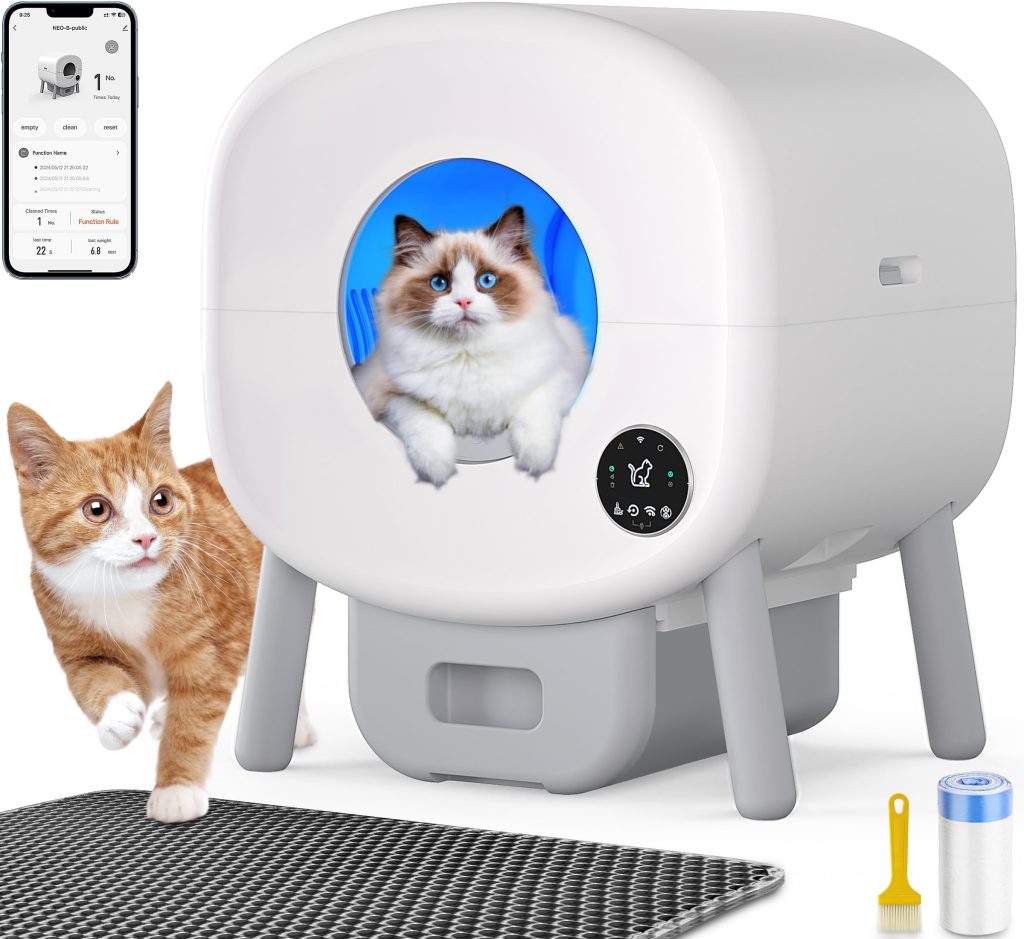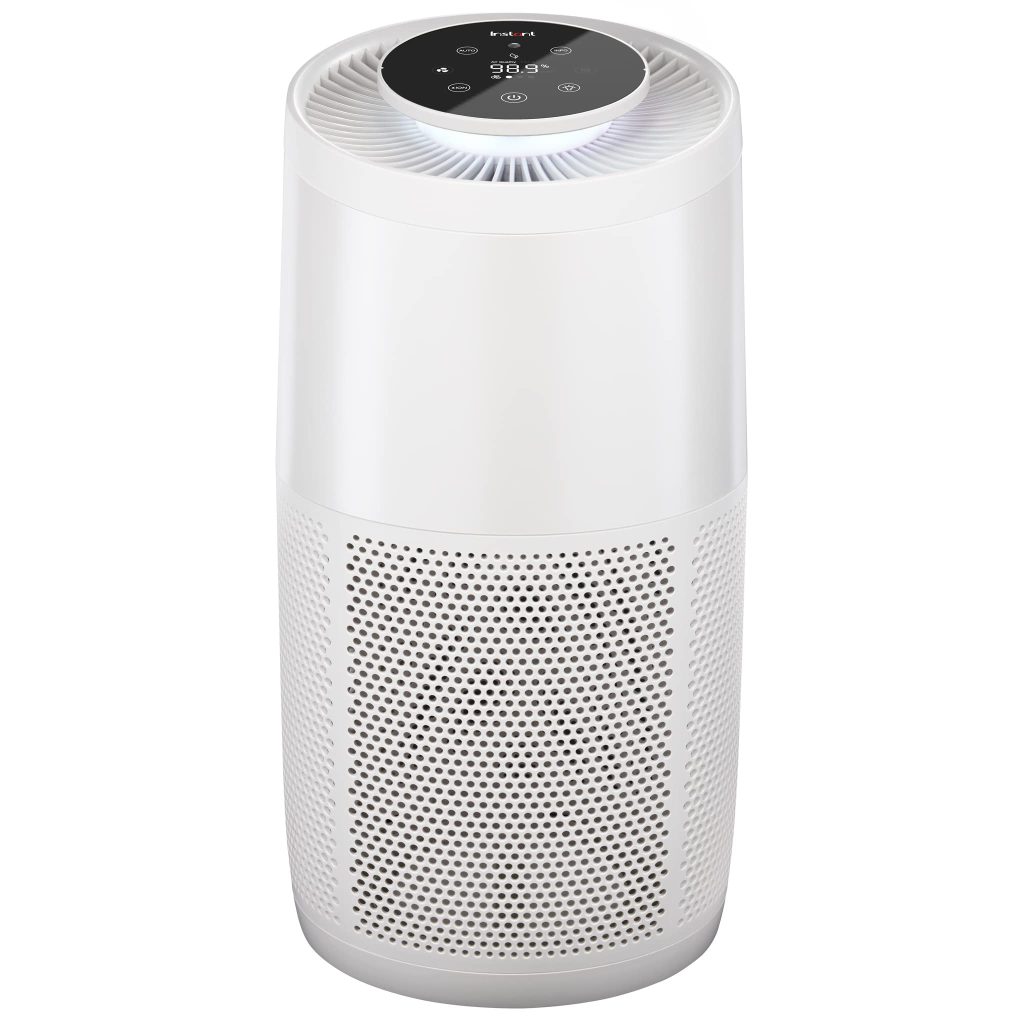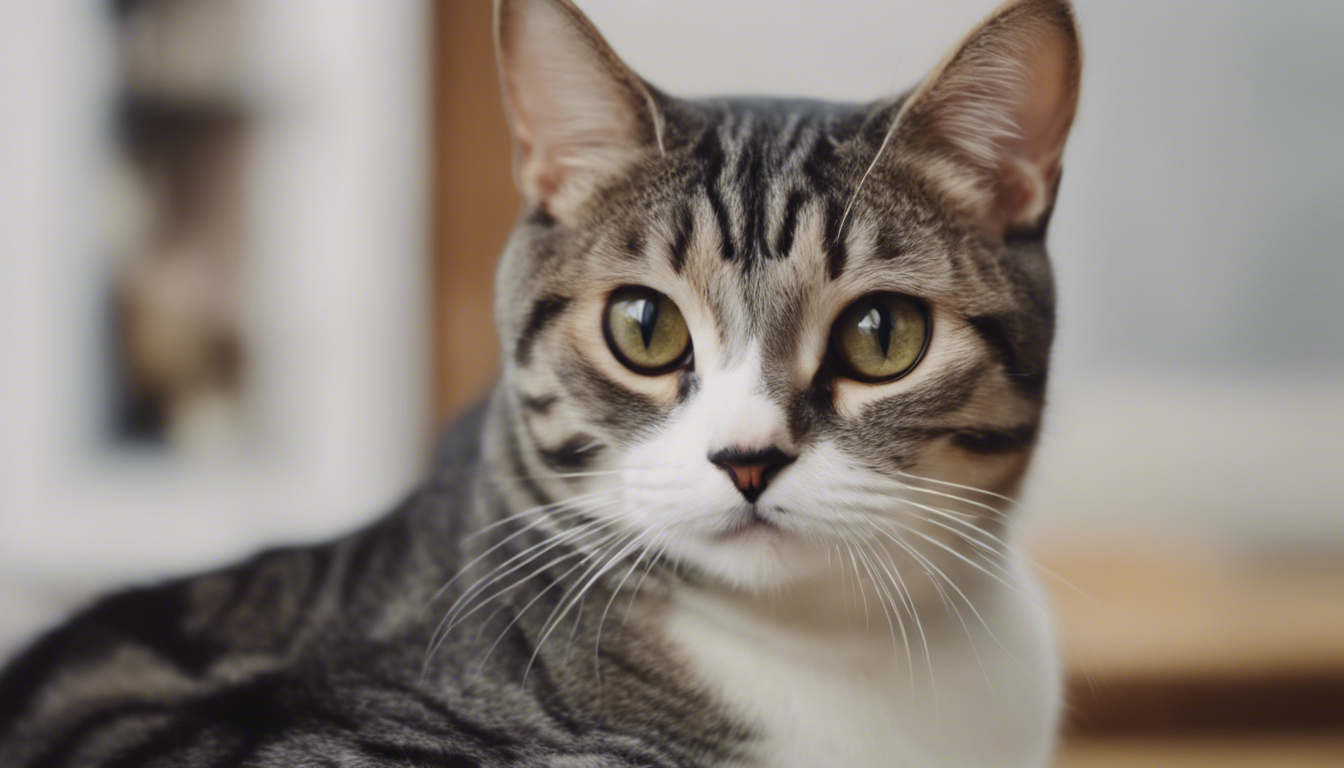
History and origin of the American Shorthair
The story of the American Shorthair cat breed is as classic as apple pie. These felines sailed across the North Atlantic alongside early European settlers to protect precious cargo from rats and mice. It wasn’t just their rat-catching prowess that earned them a spot on the Mayflower and other vessels; their robust health and agreeable nature also made them ideal companions for those daunting ocean voyages.
Upon reaching the shores of America, these cats adapted to life on the farm as much as their urban settings. They were embraced for their hardworking spirit, eagerly defending barns and grain stores from rodents. Over the centuries, these early settlers’ cats mixed with other domestic cats, and through selective breeding, the distinct breed known as the American Shorthair was perfected.
Formerly referred to as the “Domestic Shorthair,” this breed obtained its current name in 1966 to distinguish its purebred lineage – a reflection of their uniquely American heritage and distinction. The American Shorthair has since maintained a firm standing as one of the most beloved and widely recognized cat breeds on the continent.
As immigrants from around the world made America their home, they brought with them different cats that contributed to the rich genetic makeup of the American Shorthair. These diverse roots are responsible for the wide variety of colors and patterns seen in the breed today. What began as an efficient pest control solution turned into a cherished breed celebrated for its history, temperament, and classic beauty.
Physical characteristics and grooming
The American Shorthair boasts a striking appearance that reflects its athletic ability and hardy nature. Known for its well-built body, the breed possesses a strong, muscular frame that enables it to pounce and hunt with adeptness, traits inherited from its early days as a ship’s protector and a barn guardian. With a large head, full cheeks, and a broad chest, the cat exudes strength and stability. Additionally, its rounded eyes, which can come in a kaleidoscope of colors, add to its endearing look and allure.
One of the most salient features of the breed is its dense, short coat, which comes in over sixty different colors and patterns, ranging from the classic silver tabby to smoky hues and everything in-between. This coat not only gives the American Shorthair its distinctive look but also serves a practical function by providing protection from weather extremes, brambles, and even the occasional skirmish with other animals.
When it comes to grooming, these cats are relatively low-maintenance due to their short, thick fur. A simple routine of brushing once a week is typically sufficient to keep their coat in good condition and to minimize shedding. Regular brushing is also a bonding activity that your American Shorthair may enjoy, as it mimics the attention they would receive from a mother or sibling in the wild. Furthermore, the grooming process allows you to check for any skin issues, lumps, or parasites that may need a vet’s attention.
As with all cats, other basic grooming needs shouldn’t be overlooked. This includes regular teeth brushing to prevent dental disease, as well as trimming the nails, which should be done carefully to not cut into the quick. Cleaning the ears occasionally with a vet-approved cleaner can help prevent wax build-up and potential infections.
Incorporating these grooming practices into your routine early on helps your American Shorthair get accustomed to being handled, making it easier to manage as they grow older. Moreover, such care contributes to the overall well-being of your feline friend by keeping them tidy, preventing potential health issues, and strengthening the bond between you and your pet.
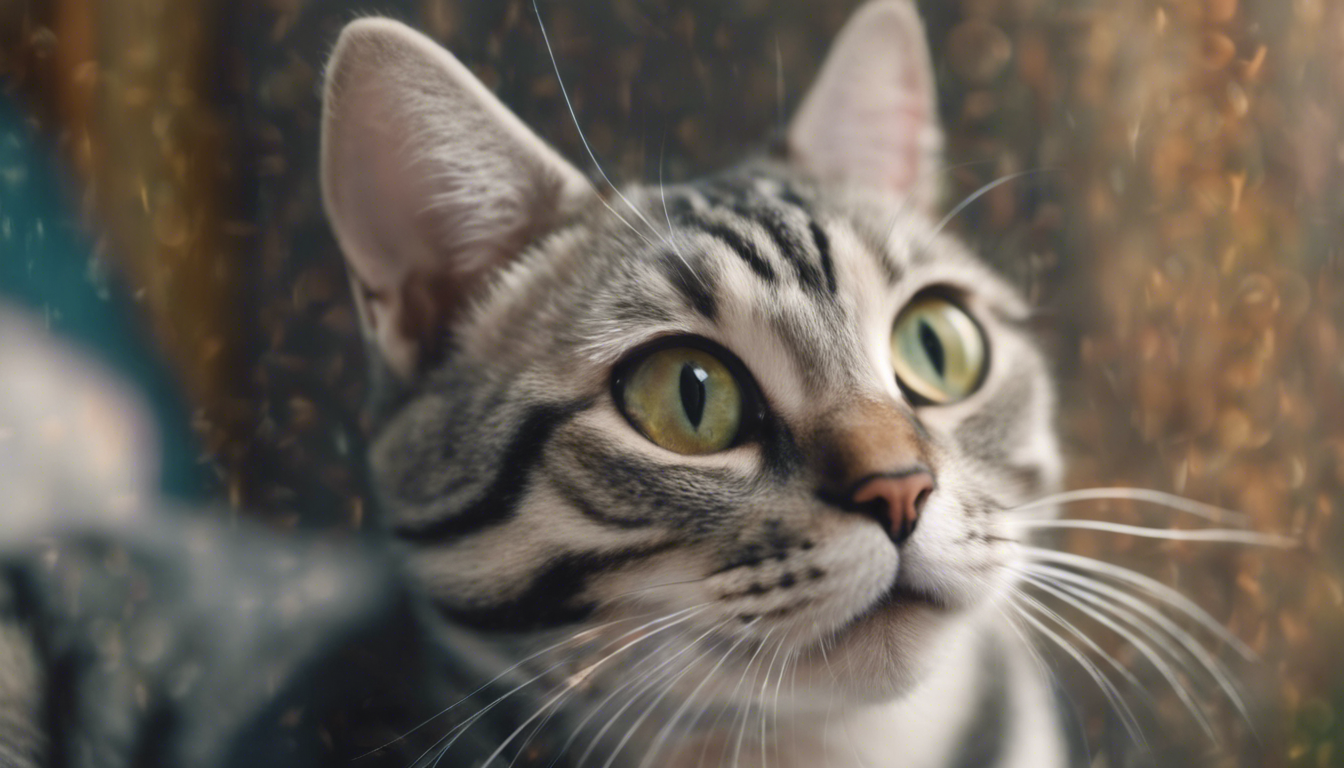
Personality and behavioral traits
If you are hoping your American Shorthair will embody the stoic silence of a solitary hunter, you may be surprised! These cats are known for their easygoing temperament and sociable nature, often seeking out the company of their human families or other pets. They’re not overly demanding of attention but certainly appreciate a warm lap to curl up on or a playful tussle with a favorite toy. These traits make them ideal pets for families, including those with children and other animals.
Despite their strong hunting instincts, American Shorthairs are typically adaptable and can live happily as indoor cats. Providing them with various toys, scratching posts, and climbing structures can help satisfy their natural behaviors and keep them entertained. They enjoy interactive play and will often engage with toys that mimic the movement of prey, like feather wands or laser pointers, making playtime both a joy and an opportunity for exercise.
It is also noteworthy that while they’re affectionate, American Shorthairs are not overly clingy. They’re quite content to do their own thing, which can be a relief for owners who don’t want a cat that requires constant attention. However, they do have a streak of independence, so it is important to establish rules and routines early on. Training them with positive reinforcement techniques can yield great results—these intelligent felines are more than capable of learning house rules and tricks.
Their easy-going nature doesn’t mean they can be neglected. They thrive on interaction and stimulation, so setting aside time each day for play and companionship is essential. Failure to provide this can sometimes lead to behavioral problems or obesity, especially if they’re not given enough physical activity. Remember, a bored cat can become mischievous, so keep their environment engaging.
While generally vocal, they’re not as talkative as some other breeds and tend to express themselves with mews and purrs rather than loud meows. They communicate their needs and desires in subtle ways, so paying attention to their body language and vocalizations can help you understand what they’re trying to tell you.
Last but not least, these cats form strong bonds with their families. They’re known to follow their favorite humans from room to room, showing their loyalty and desire for companionship. While they might not be the “in-your-face” type of pet, their consistent presence is a warm and comforting reminder of their affection for their human counterparts.
Health considerations and care tips
One of the great things about American Shorthairs is their robust health and longevity. These cats are often regarded as a hardy breed with few genetic health issues. However, even the mightiest feline warriors need proper care to stay fit, and there are several health considerations that should not be ignored when it comes to ensuring the wellbeing of your American Shorthair.
One important tip is to keep up with regular vet checkups. These visits are the perfect opportunity to stay on top of vaccinations, parasite control, and to catch any potential health issues early. Your vet can help tailor a wellness plan specific to your cat’s age and lifestyle.
Monitor their diet closely, as obesity can be a concern for these active felines if they aren’t provided with enough exercise, or if they indulge in too many treats. Feeding them a nutritious, balanced diet is critical. Look for high-quality cat food that lists real meat as the first ingredient, and try to avoid fillers such as corn and excessive carbohydrates, which are less beneficial for a carnivorous animal.
Exercise is just as important for your American Shorthair as it’s for any pet. Even though they can be laid back, incorporating play into their day is essential to keep them at a healthy weight and to prevent boredom. Interactive toys that stimulate their hunting instincts can provide both mental and physical outlets for energy.
Spaying or neutering your cat is also advised, not only to avoid unwanted litters but also to prevent certain health issues such as uterine infections and testicular cancer. Plus, it often helps with behavioral issues, such as territorial spraying in males.
While American Shorthairs are not particularly prone to hereditary diseases, they can still be affected by common feline issues such as dental disorders and heart problems. Pay particular attention to your cat’s oral health; dental disease in cats can lead to more serious systemic issues. Brush their teeth regularly and provide dental hygiene treats and toys that help maintain good oral health.
Hypertrophic cardiomyopathy (HCM) is a heart condition that might be of concern, even in this sturdy breed. A regular health check with your vet can catch early signs of such conditions, and appropriate treatment can be administered.
Lastly, ensure your American Shorthair has a stress-free environment. Cats can be sensitive to changes in their routine or living conditions, and stress can manifest in various health problems. Consistency in their routine, along with plenty of love and attention, will go a long way in keeping your American Shorthair happy and healthy.
By following these care tips, you can help ensure that your American Shorthair leads a long, joyful, and healthy life as an integral part of your family.

